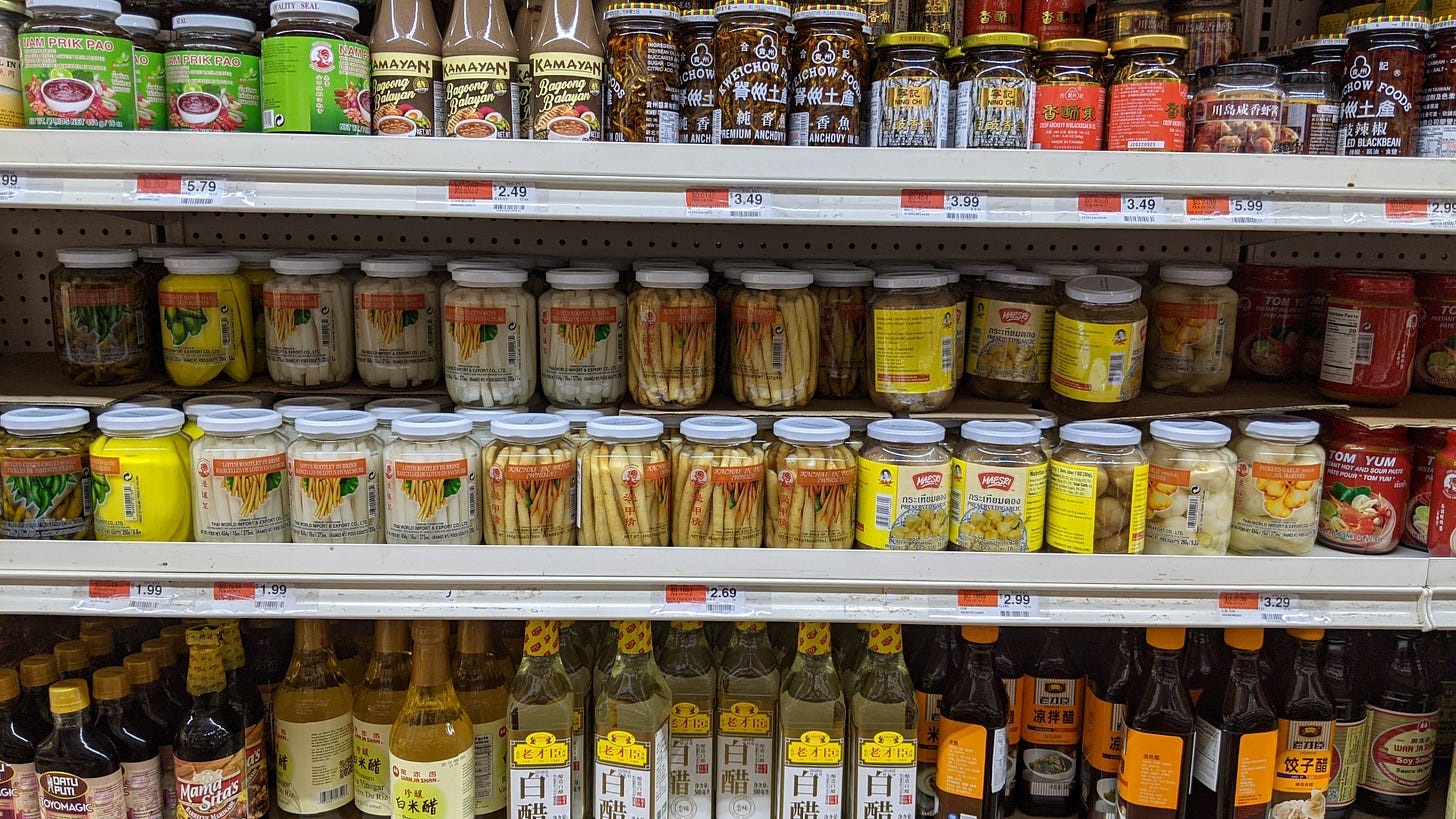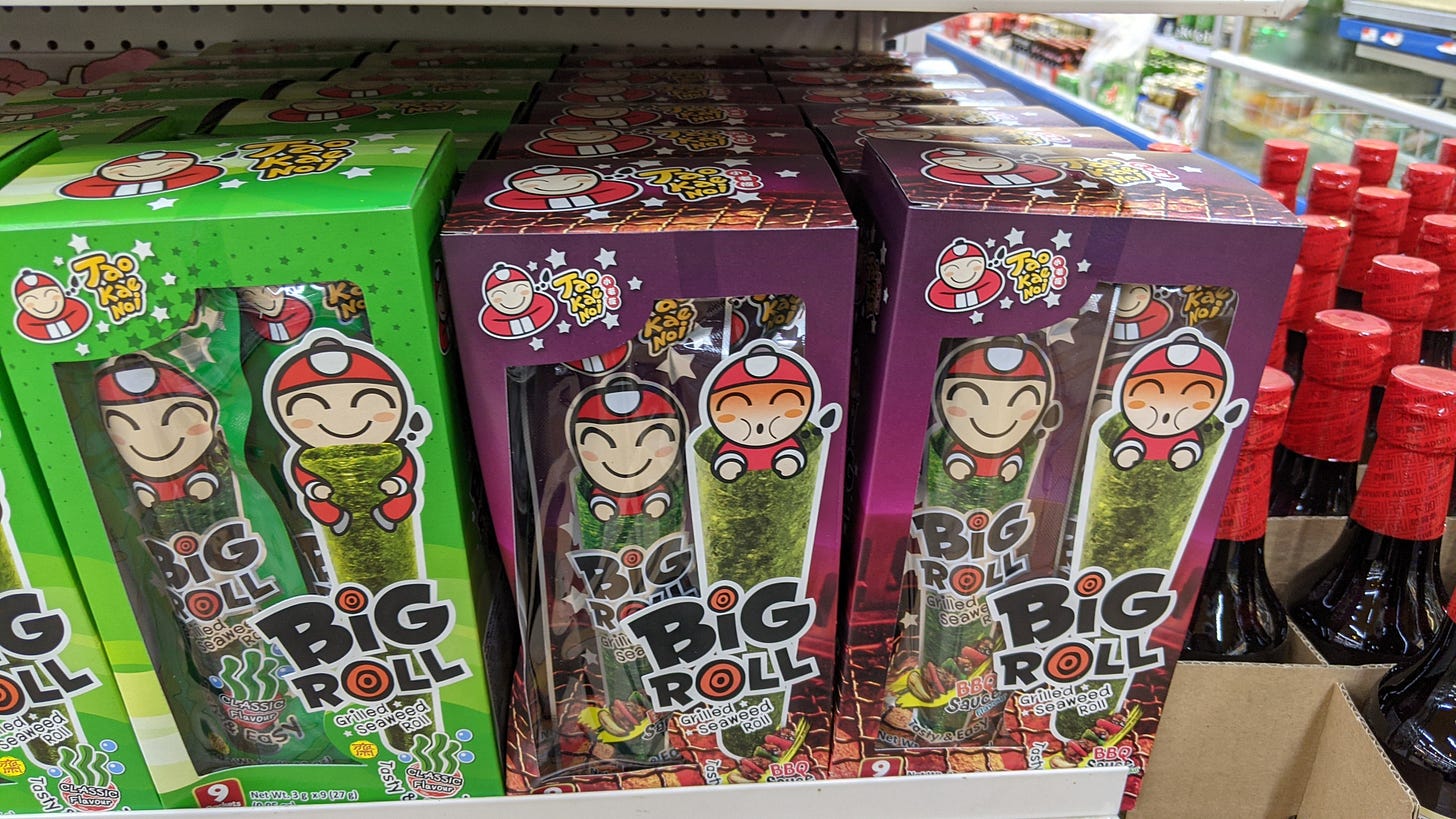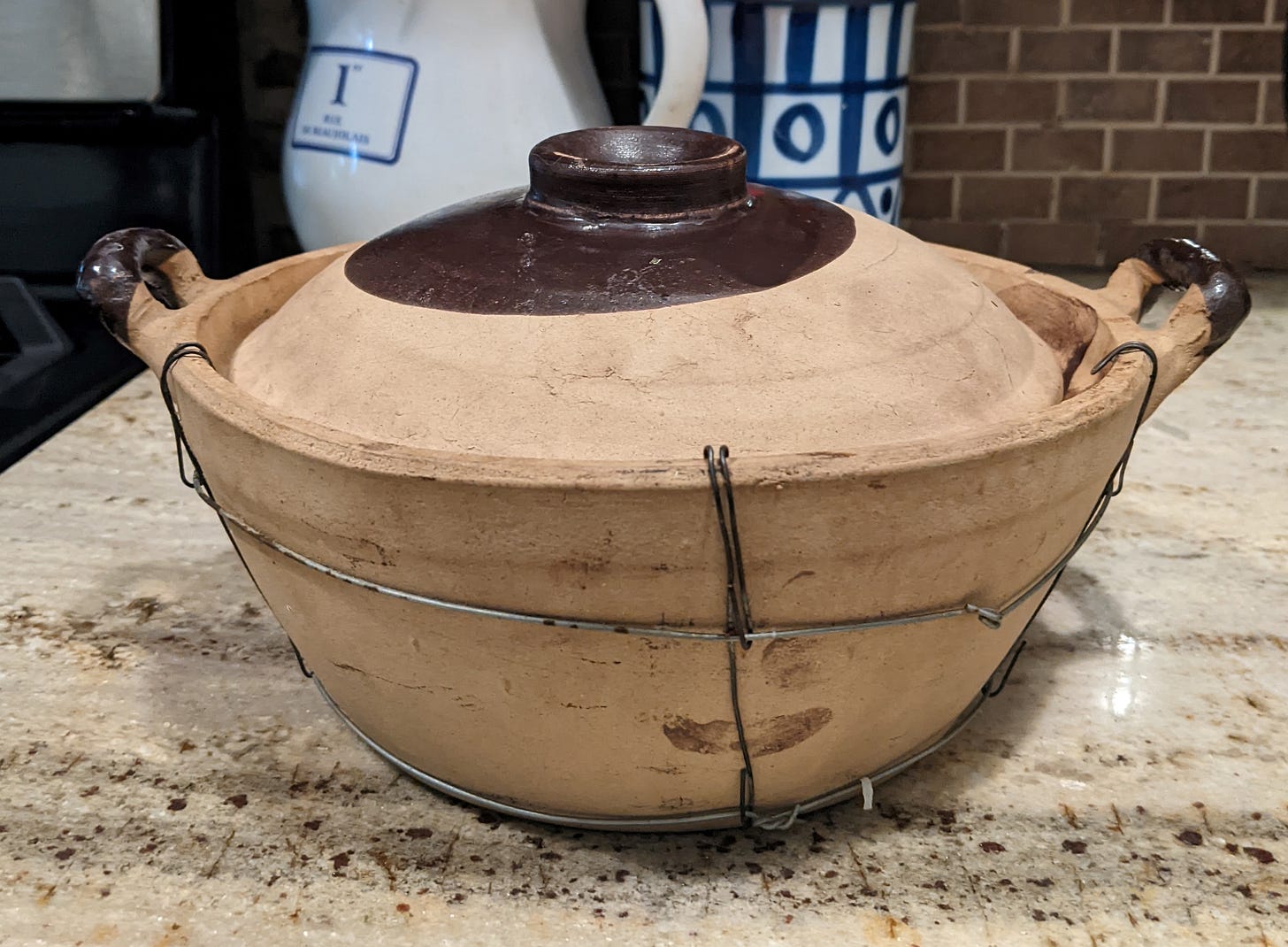HL Supermarket is a few blocks away from my house, carved a decade ago from a decaying grand 1930s-era movie house. Any day, and for the full 24 hours, it is filled with shoppers from the nearby burgeoning Asian community who over the last several decades have immigrated from the Chinese provinces of Fuzhou, Canton, and Hunan. The market serves all their regional tastes—piles of fish and seafood, fiery spices and sweet sauces, fields of fresh vegetables and greens.
If you do not know these cuisines, if you do not speak the language, if you can’t read the labels, HL is a foreign land. Nothing is familiar, including the blaring pop music. In fact, you have to admit that, although you have always felt at home in food markets, this one is overwhelming, even a bit frightening, because you don’t know a thing at all about nearly everything around you.
At this point, you decide that this trip is either a terrible mistake and retreat or an adventure and try not to get in anyone’s way.
So here I am, with a basket full of things that have made it in simply because they appear like something I could possibly figure out what to do with them. The problem being willfully ignored by this line of thinking is, like all world cuisines, Chinese cooking has its own rhythm and techniques that takes some practice before accomplishing a dish remotely resembling what it’s supposed to look and taste like. It doesn’t matter at all how practiced you may be with other countries’ dishes. It is a humbling feeling to acknowledge that you will need to learn a whole new skill set and vocabulary to even approximate what another nation would consider a basic meal, for instance, something akin to meatloaf and mashed potatoes.
My basket contains a black chicken; a gutted eel that a few seconds before was squirming around in a tub; bags of vaguely familiar somethings; several root vegetables; a cauliflower that a bride might like to carry; jars of combustible sauces, tiny fishes, and pickled fruits and vegetables; bags of mysterious frozen balls of meat and fish; several types of noodles; a box of candy with a cute character on the front; and a clay cooking dish.
Out of everything dumped on my counter at home, I decide to figure out what to do with dried shaved skipjack tuna, or katsuobushi. This is a simple decision from a simple mind: I like tuna and, thus, how baffling can a recipe be that uses it? But, in fact, I am making my first major interloper blunder because, out of that vast Chinese market, I chose one of the very few items from Japan, a cuisine that has little if anything in common with China’s. I guess this accounts for the package being on the bottom shelf and only found when I dropped a large packet of noodles. It feels disrespectful to proceed, especially because I came to HL specifically to make a Chinese dish and, as pointed out above, the two countries don’t remotely share cooking styles. Better to go with the eel, which sort of looks manageable and needs to be cooked anyway. The following video represents the points trying to be made here about the need to unearth distinctive cultural cooking traditions. . . .
After watching this, I decide to chicken out until later in the week. In the meantime, I’ll sheepishly try for okonomiyaki, a savory pancake topped with katsuobushi. What can be easier than pancakes? How could I blow such a recipe? Well, we’ll see in Saturday’s edition of News Scraps.












I've been lost in such a supermarket before. What a cross-cultural experience they are! I'm a white caucasian tripping through much of Asia when I'm in such a place . . . .